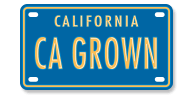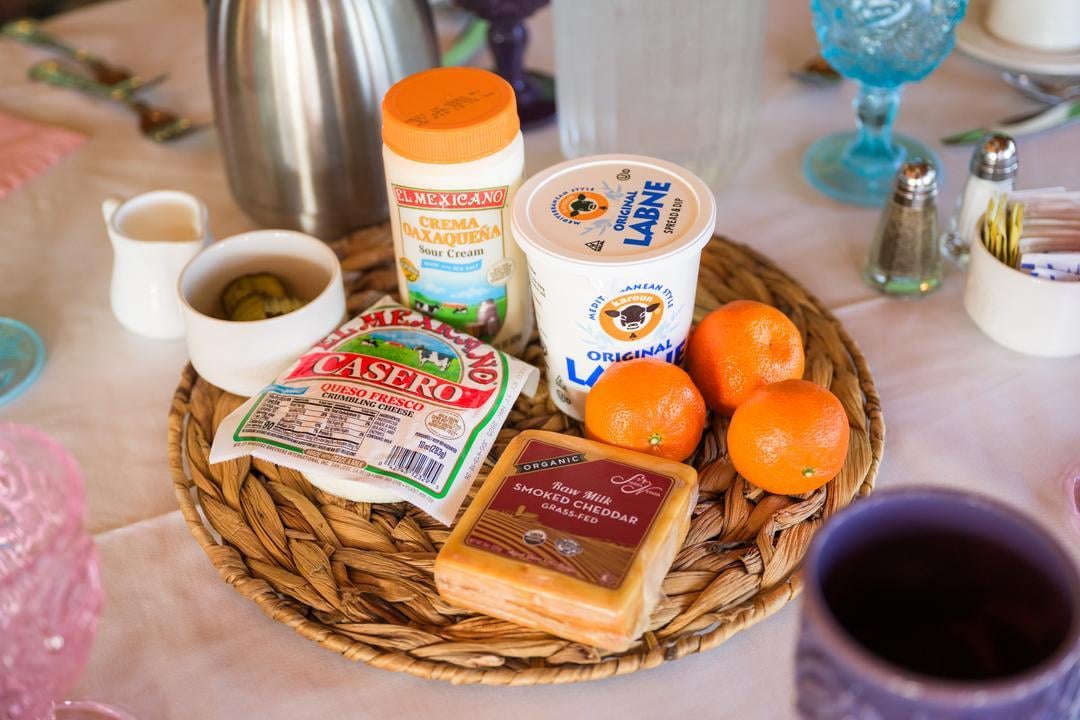The Delicious Diversity of Real California Dairy Products
With the popularity of high-protein diets surging, many Americans are rediscovering dairy products (were they ever really lost?). In decades past, dairy milk alternatives were lauded as a healthier option. Much of Gen Z grew up pouring plant-based “milk” into their cereal, and later, pouring it into their lattes. However, in the words of JT, “what goes around comes around” (his personal redemption arc is still forthcoming, but that’s a story for another day). Dairy products have firmly been thrust back into the forefront of pop culture. Need proof? #cottagecheese has over 646K mentions on Instagram, and the old-school classic has inspired countless viral TikTok recipes.
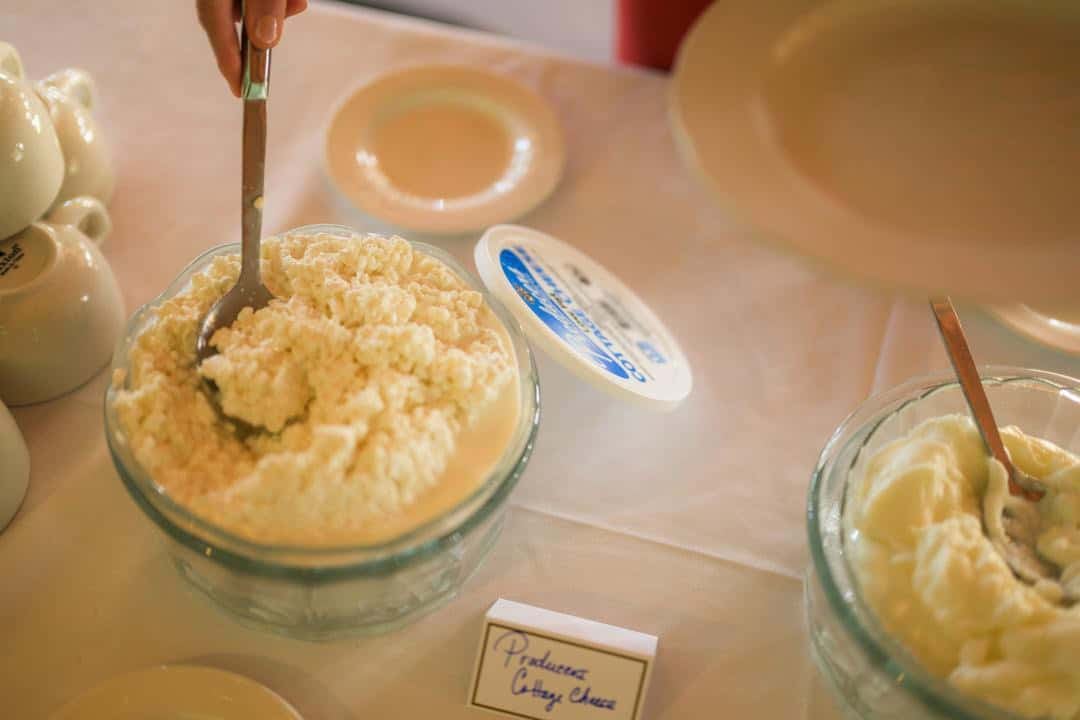
How does dairy fit into a high-protein diet?
Dairy products like cheese, milk and yogurt are an excellent source of protein – and suitable for most vegetarian diets. While doctors and scientists argue about exactly how much protein is optimal, there’s no arguing with the facts. Protein is crucial for creating and preserving muscle mass.
If you’re looking to increase your protein intake, try adding more dairy to your diet!
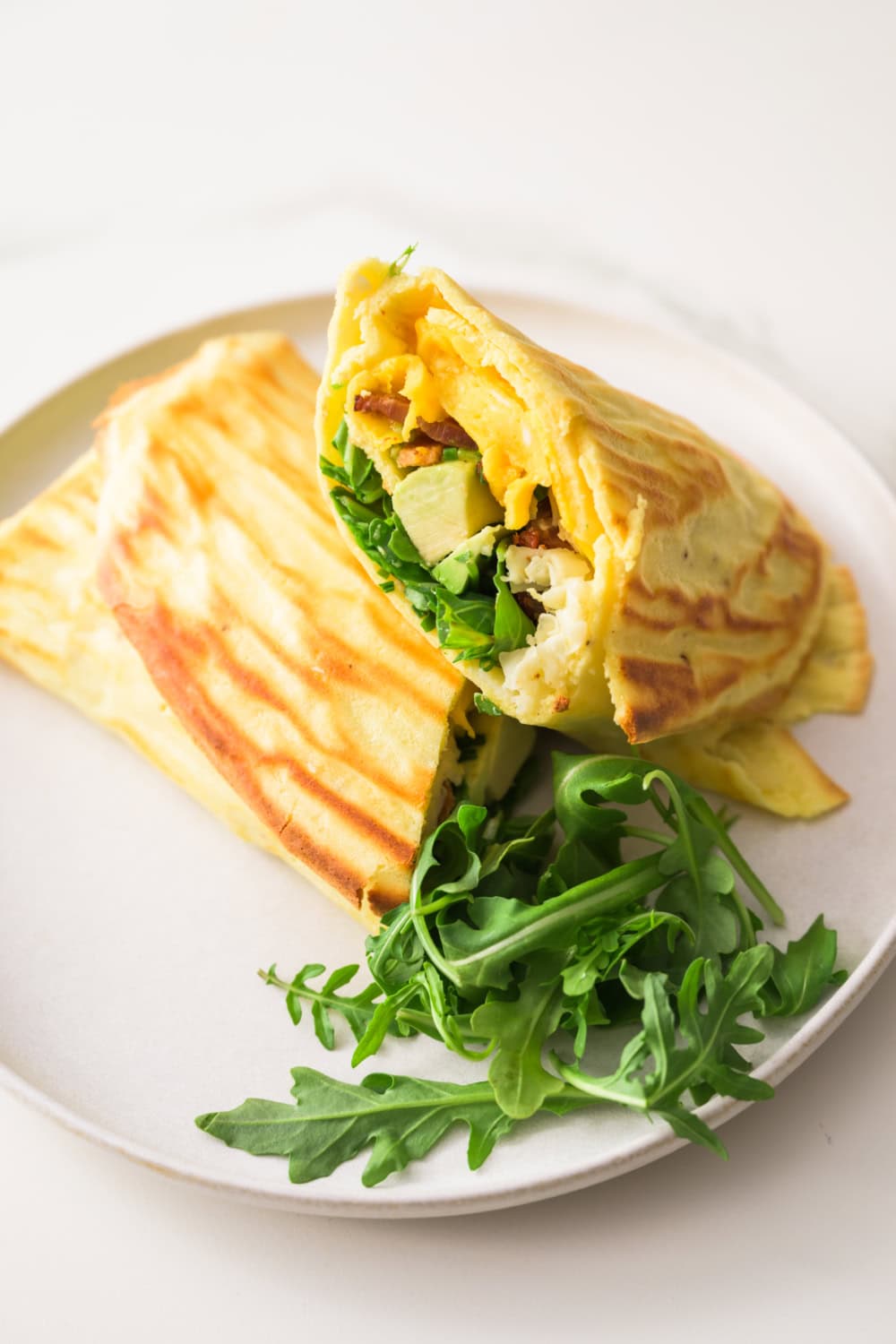
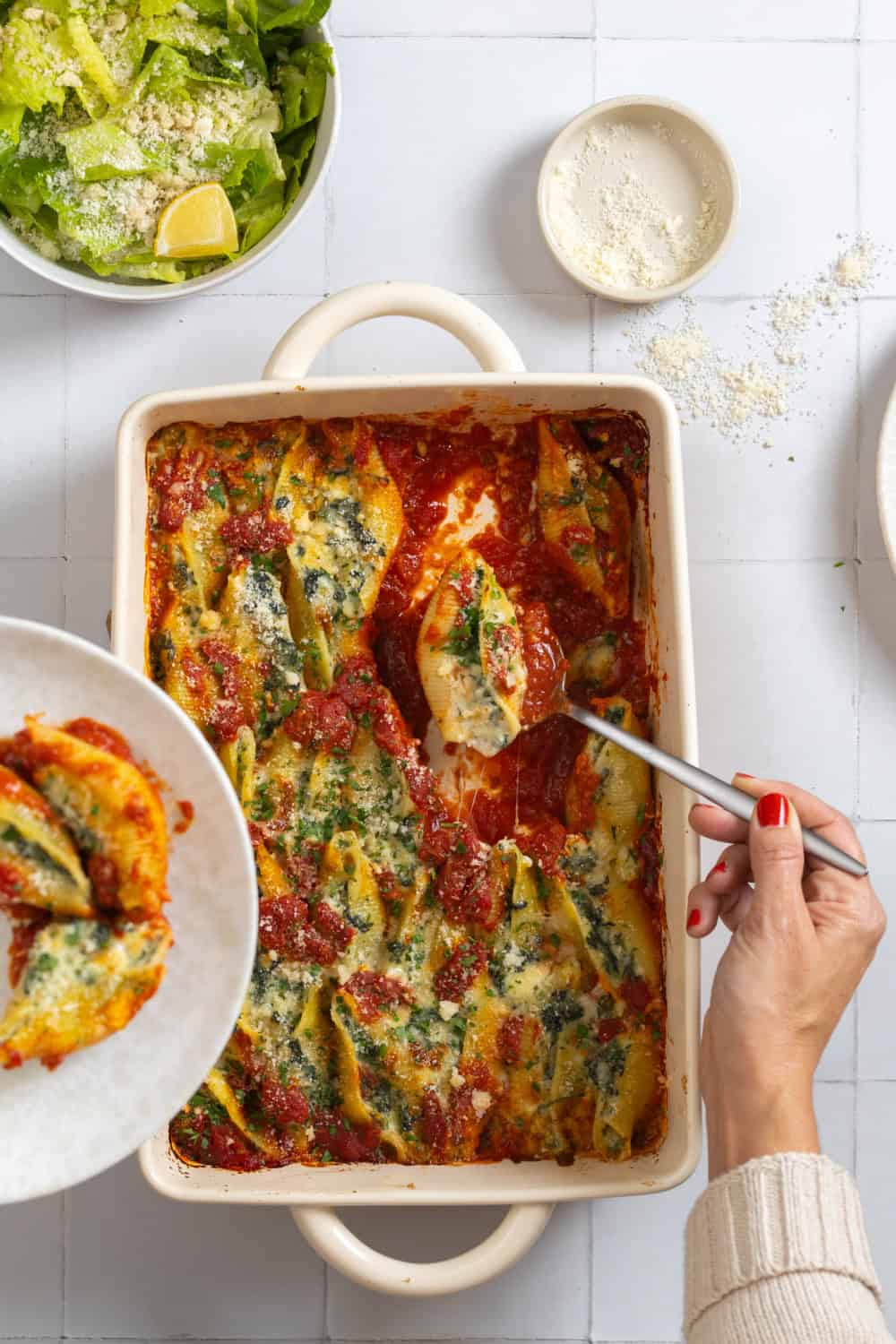
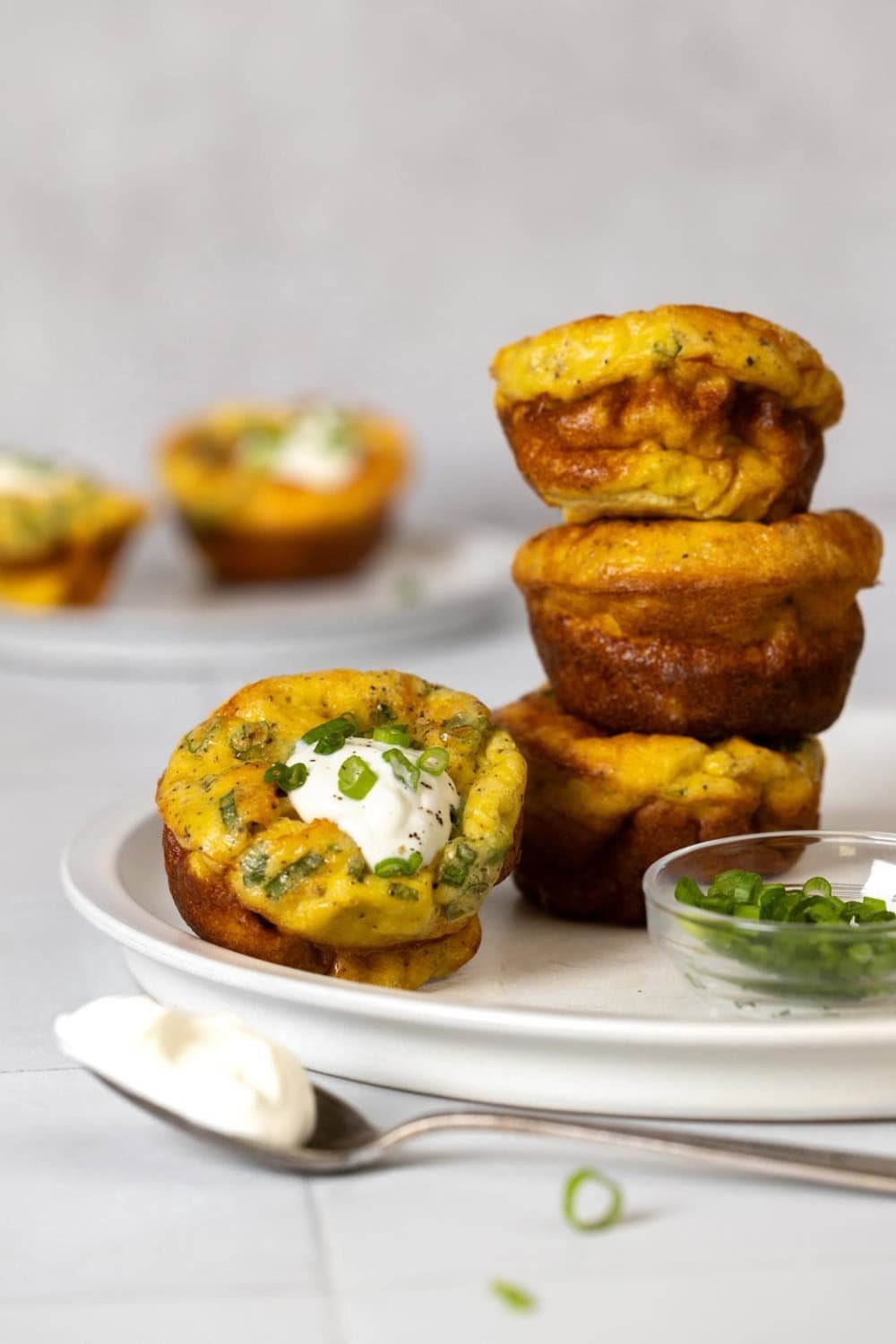
Real California Dairy: Delicious diversity
Once you’re conquered the cottage cheese craze and adapted to adding dairy milk back to your cappuccino, there’s a whole world of delightful dairy products to explore. The Golden State is a marvelous melting pot of different cultures and peoples – and these products reflect that delicious mix of diversity! Here’s a helpful guide that we hope helps you to discover a few new favorites.
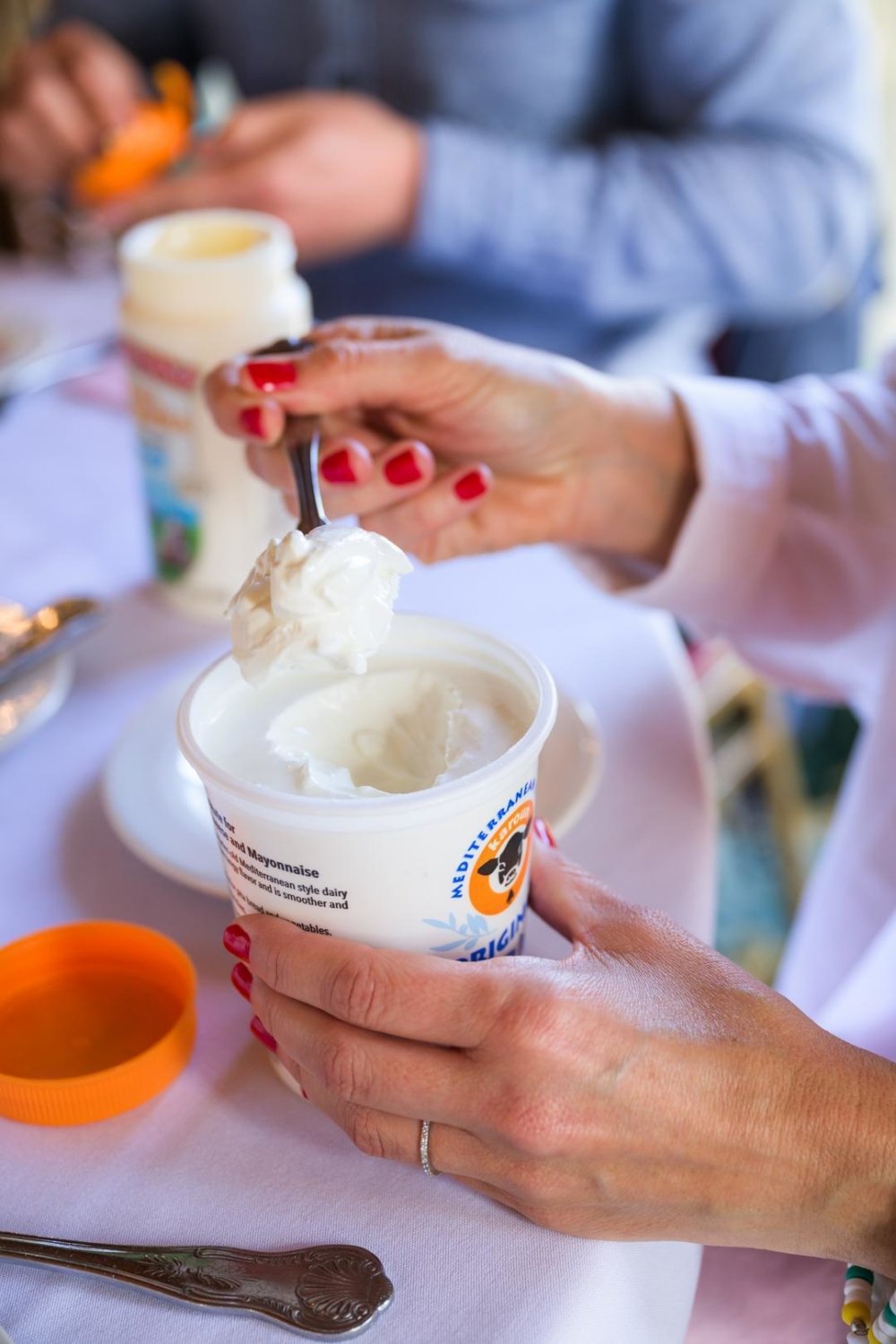
If you like Greek yogurt, try labneh
Labneh is Greek yogurt’s thicker, creamier cousin. Both are probiotic foods, but while yogurt is made with milk, labneh boasts a kefir base. Use labneh as a base for luscious dips and dressings, perfect parfaits and sumptuous smoothies.
What is kefir? Kefir is a fermented milk product long heralded for its health benefits. With plenty of protein and probiotics, kefir is an amazing addition to smoothies and salad dressings. Once you’ve gotten used to the tangy taste, try pouring it over a bowl of granola!
If you like mozzarella sticks, try Queso de Canasta
Queso Canasta offers the same gooey goodness and crispy edges that you love in Mozzarella sticks, sans the breaded exterior. Grill it, fry it, grate it – there’s no shortage of ways to enjoy this melty Mexican masterpiece!
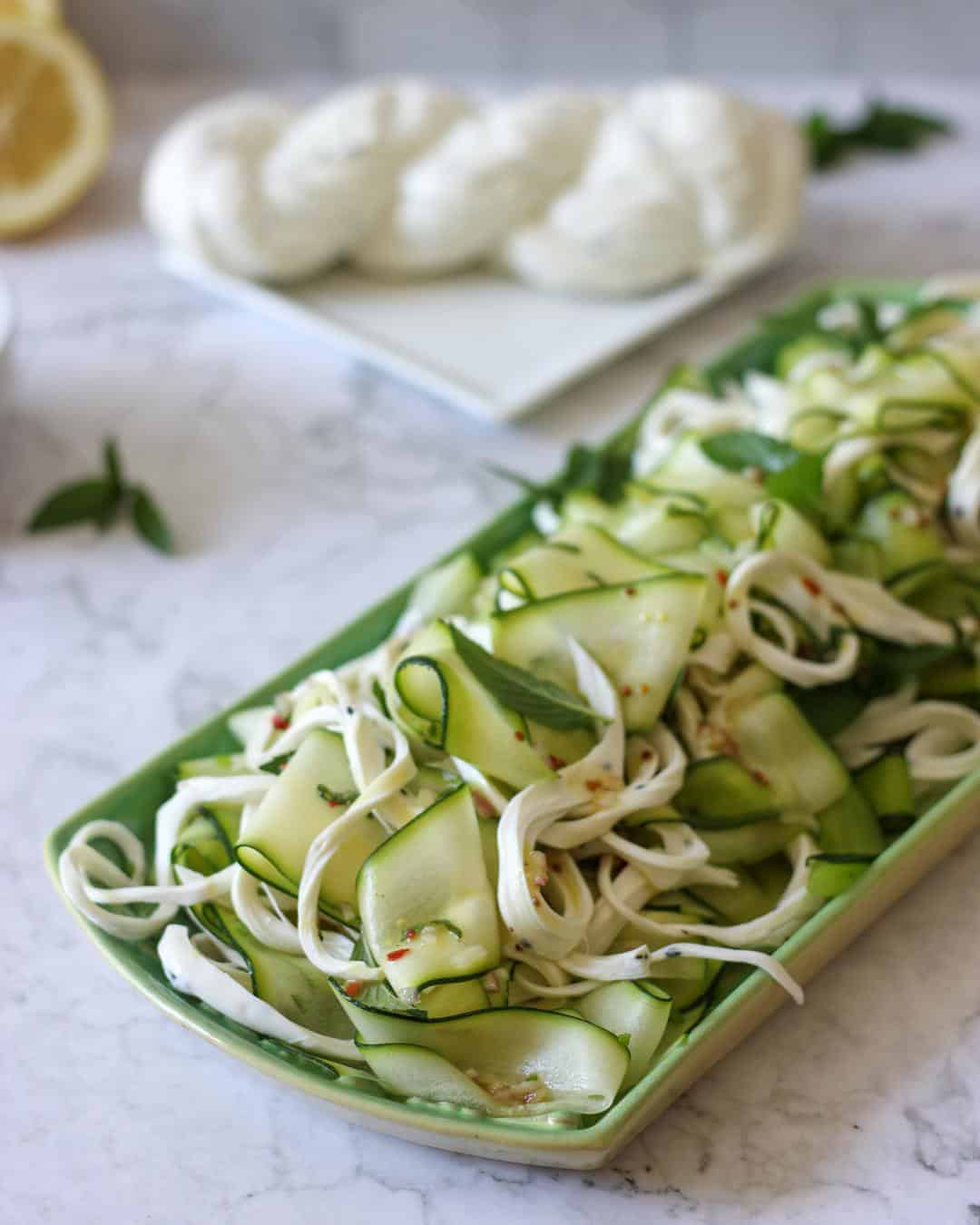
If you like string cheese, try Armenian String Cheese
If string cheese starred in an episode of What Not to Wear, Armenian Marinated String Cheese would be the “after”. There’s nothing wrong with the original (we’re big fans), but Armenian String Cheese pulls out all the stops – slightly saltier, with a glam braided look and speckled with nigella seeds. Serve this showstopper (plain or marinated) in all its gorgeous glory on a meze platter, or add chunks to a pasta salad or strips to a Shaved Zucchini Salad.
If you like cream cheese, try nata
Nata has a creamy consistency similar to that of whipped cream cheese – but slightly sweeter and without the tang. Stir a dollop into pastas and soups, spread it on top of a slice of Raisin Bread, or add serve on a fruit tray drizzled with honey on a fruit tray.
And don’t forget about these old-fashioned favorites…
Sweetened condensed milk
We know what you’re thinking…canned…milk? And yes, canned milk. Sweetened condensed milk is the key to the creamiest desserts – from custards and tarts to homemade ice cream. Bonus: since sweetened condensed milk is shelf-stable, you can whip up these sweet treats whenever the craving strikes.
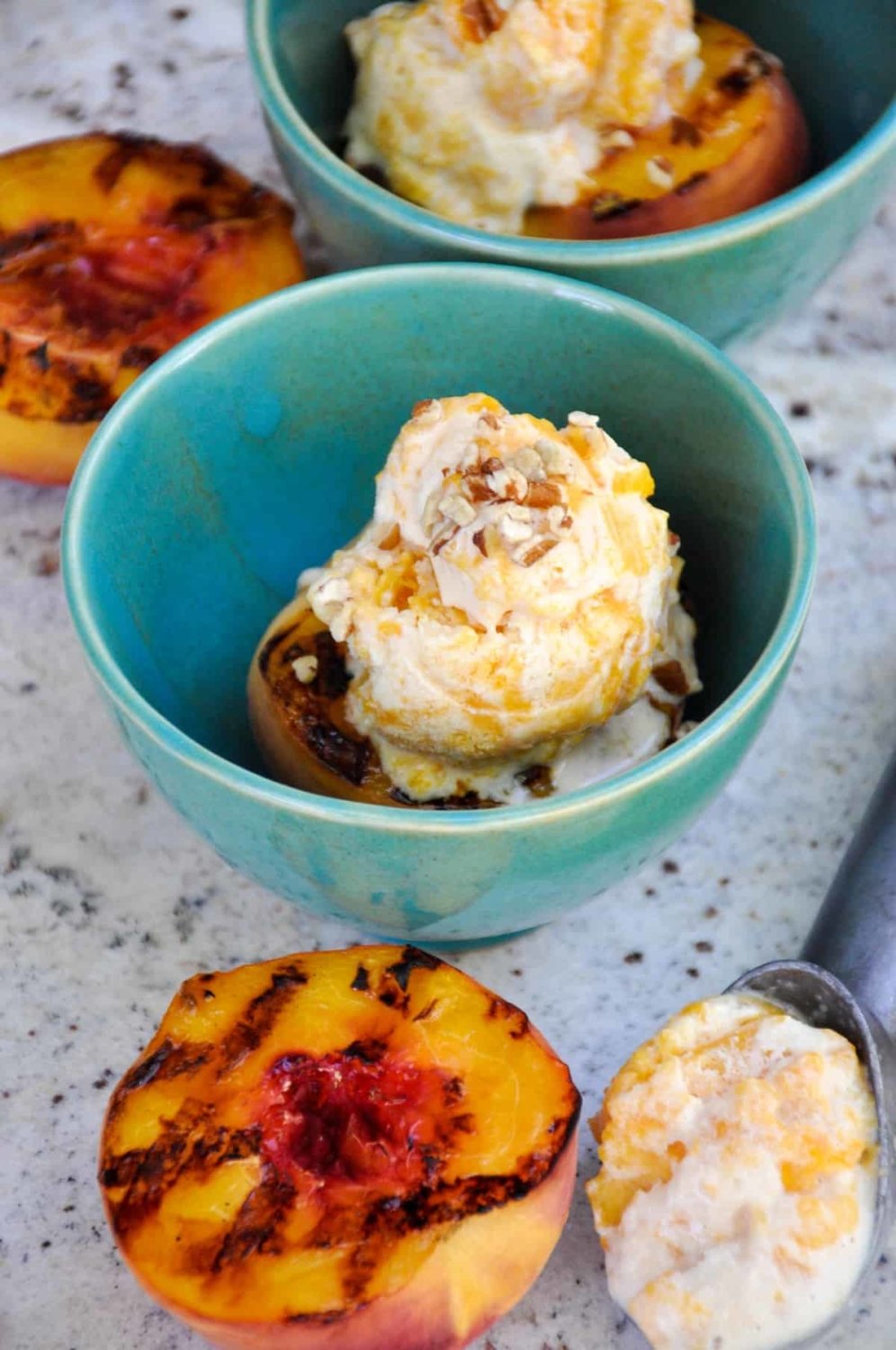
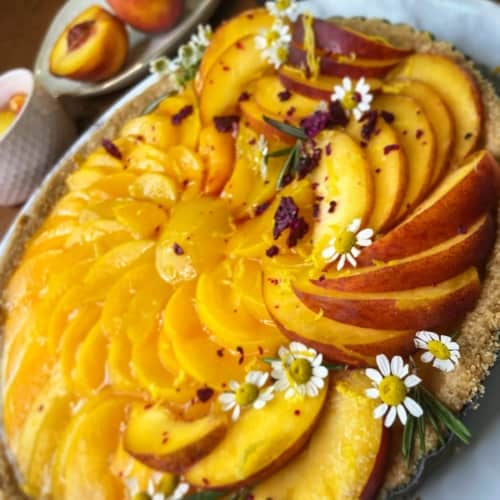
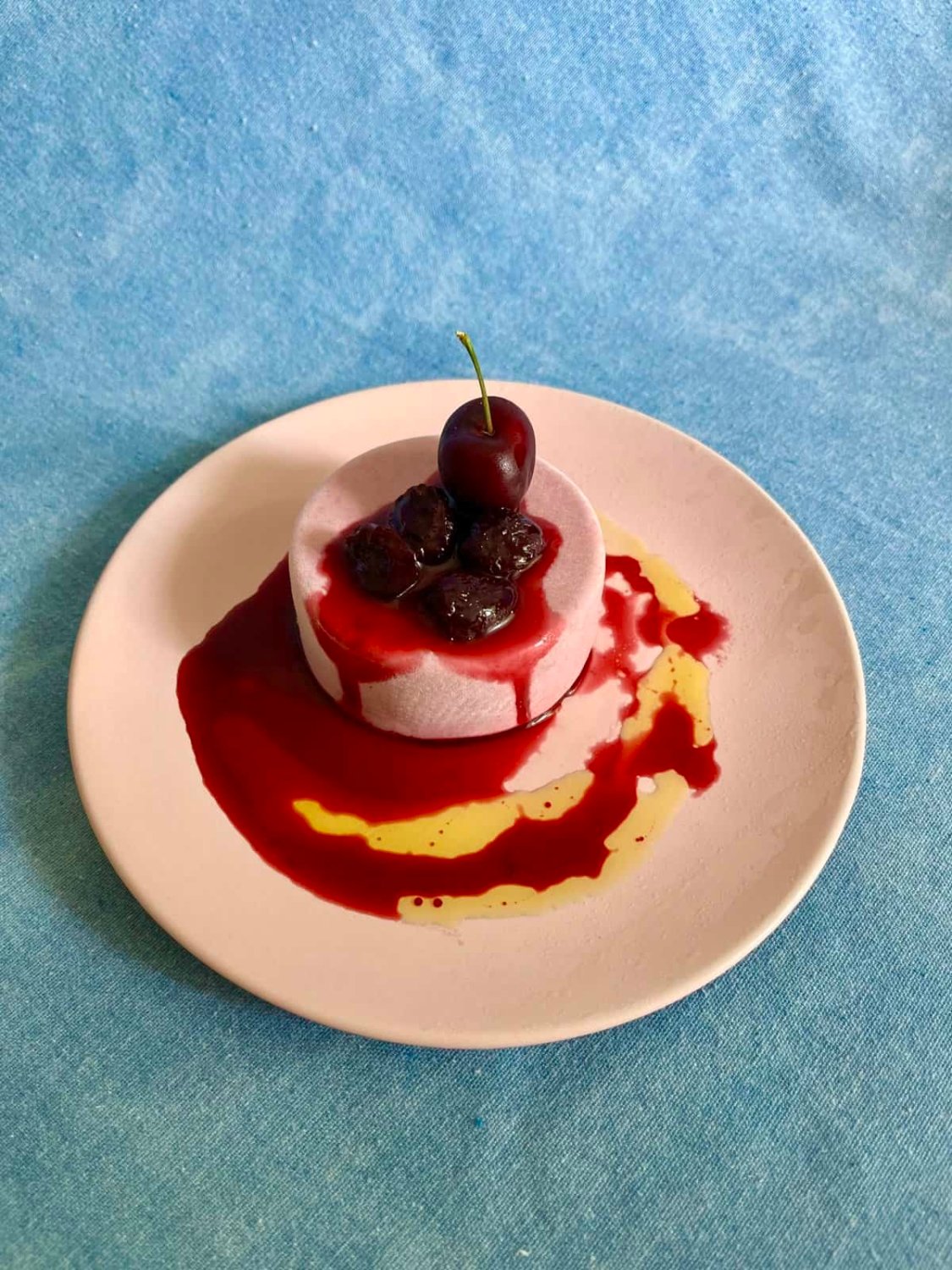
Buttermilk
Buttermilk is simply cultured (or fermented) milk. The fermentation process thickens buttermilk, prolongs the shelf life and creates acids which interact favorably with a variety of foods and flavors. The acid in buttermilk helps to break down proteins, which is why it makes the best marinades and helps to create a softer crumb in baked goods.
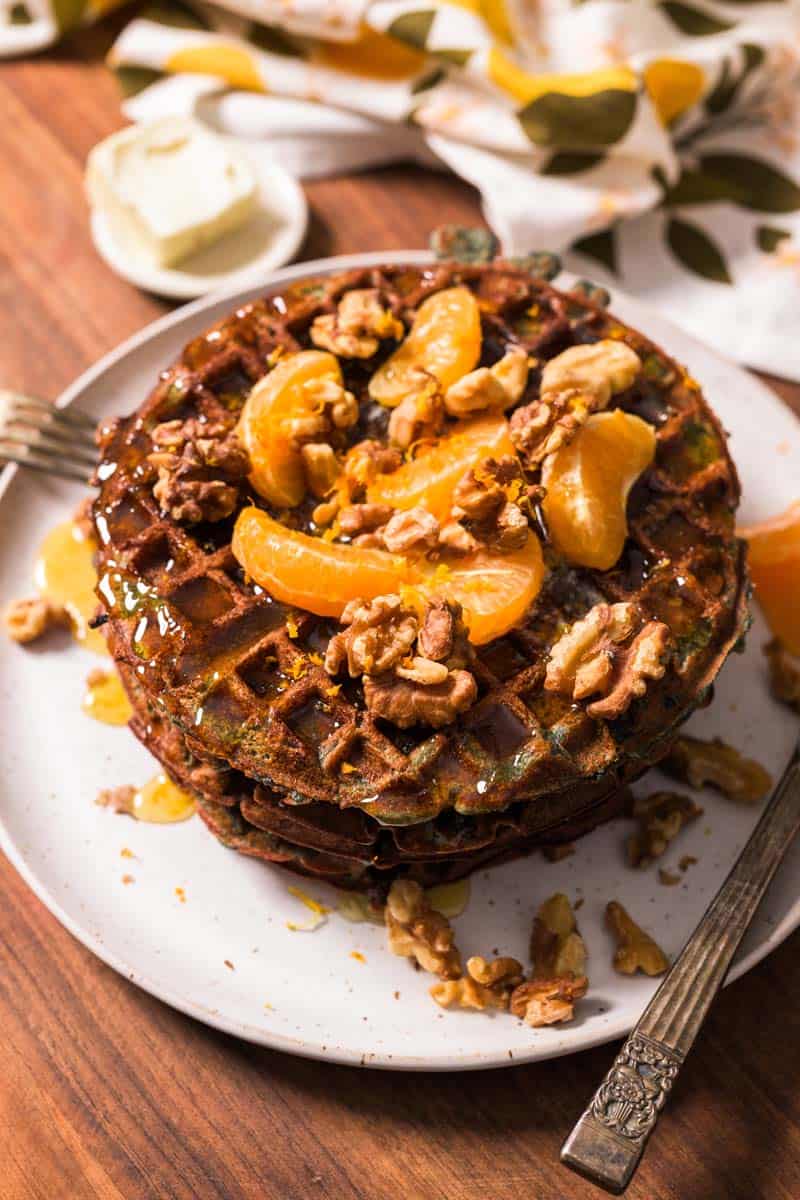
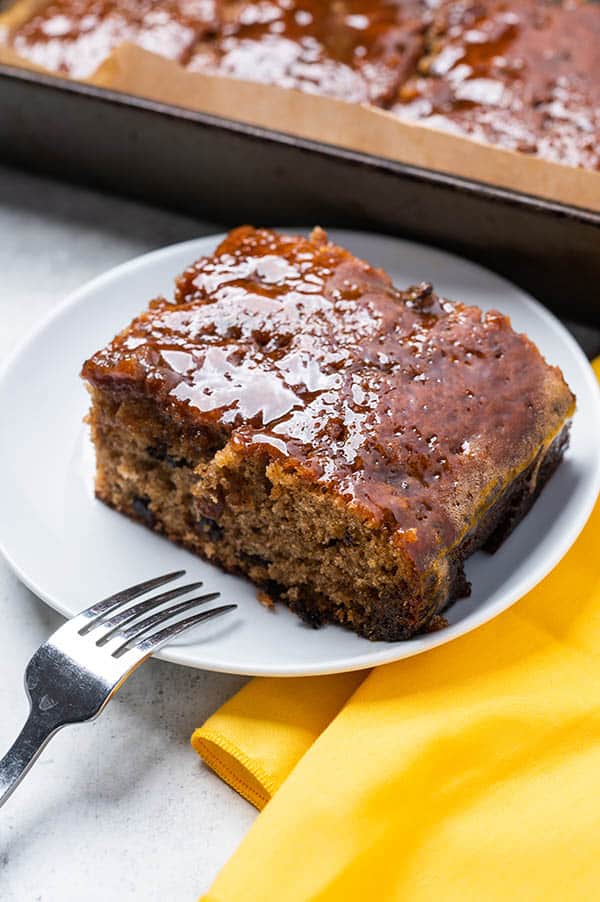
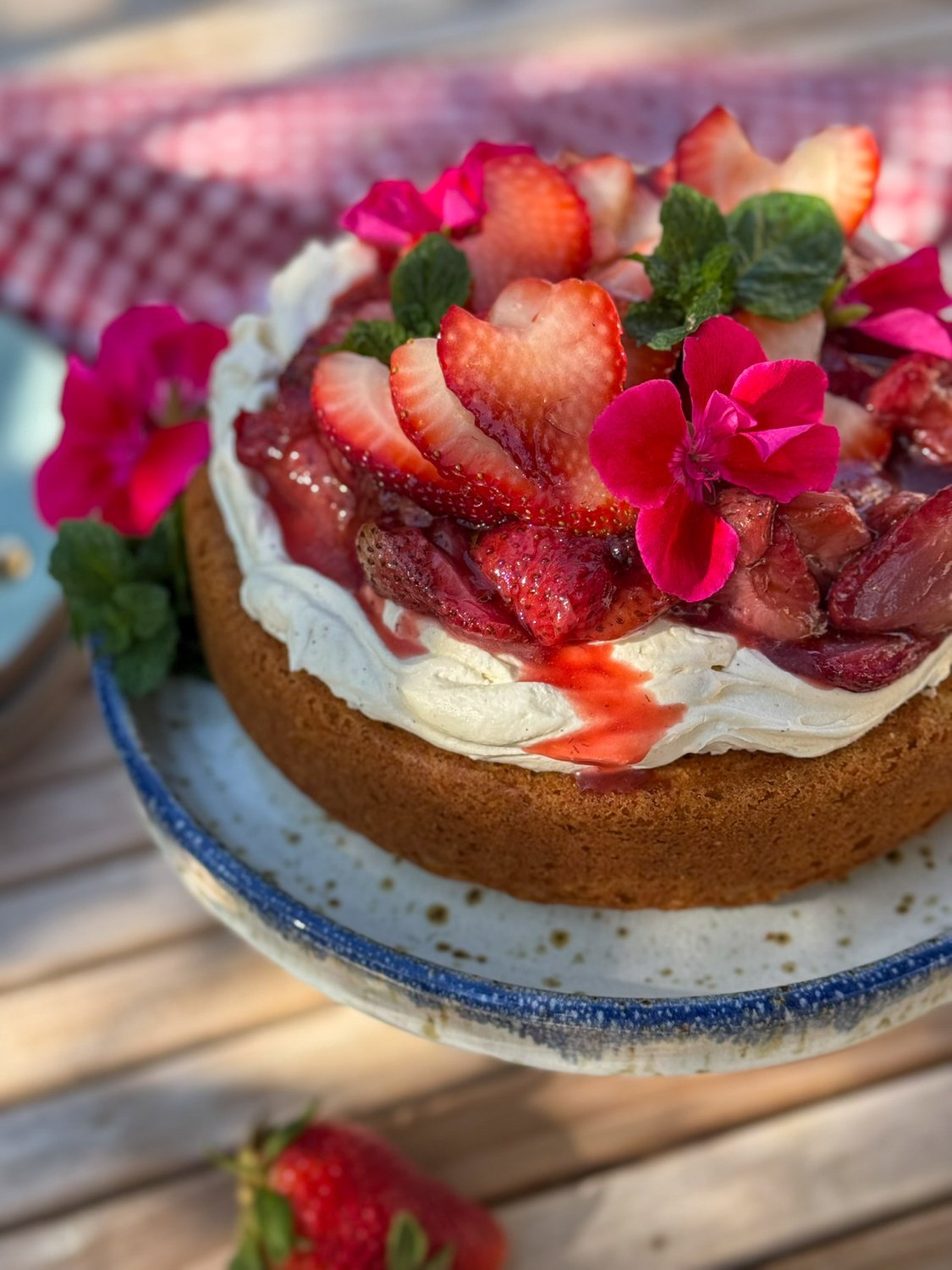
We’re calling it – buttermilk is the next big thing. Fermented foods are rich in probiotics, and probiotics are proven to improve gut health – which can aid in immunity, digestion and even mental health.
Say cheese (board)
Want to branch out but don’t want to bother with baking? Cheese boards are an excellent opportunity to get creative and try a few new dairy products. Here’s some easy inspo, courtesy of our friends at Real California Milk.
Cheese board ideas
The first rule of cheese board creation is that there ARE no rules. If you like it, it works. Crackers and cured meats might seem like an obvious choice, but we’re big fans of pairing cheeses with locally grown, in-season produce, dried fruits and nuts. California farmers grow over 400 different specialty crops, giving you no shortage of options and seasonal variations. If you’re not sure where to start, consider these guidelines:
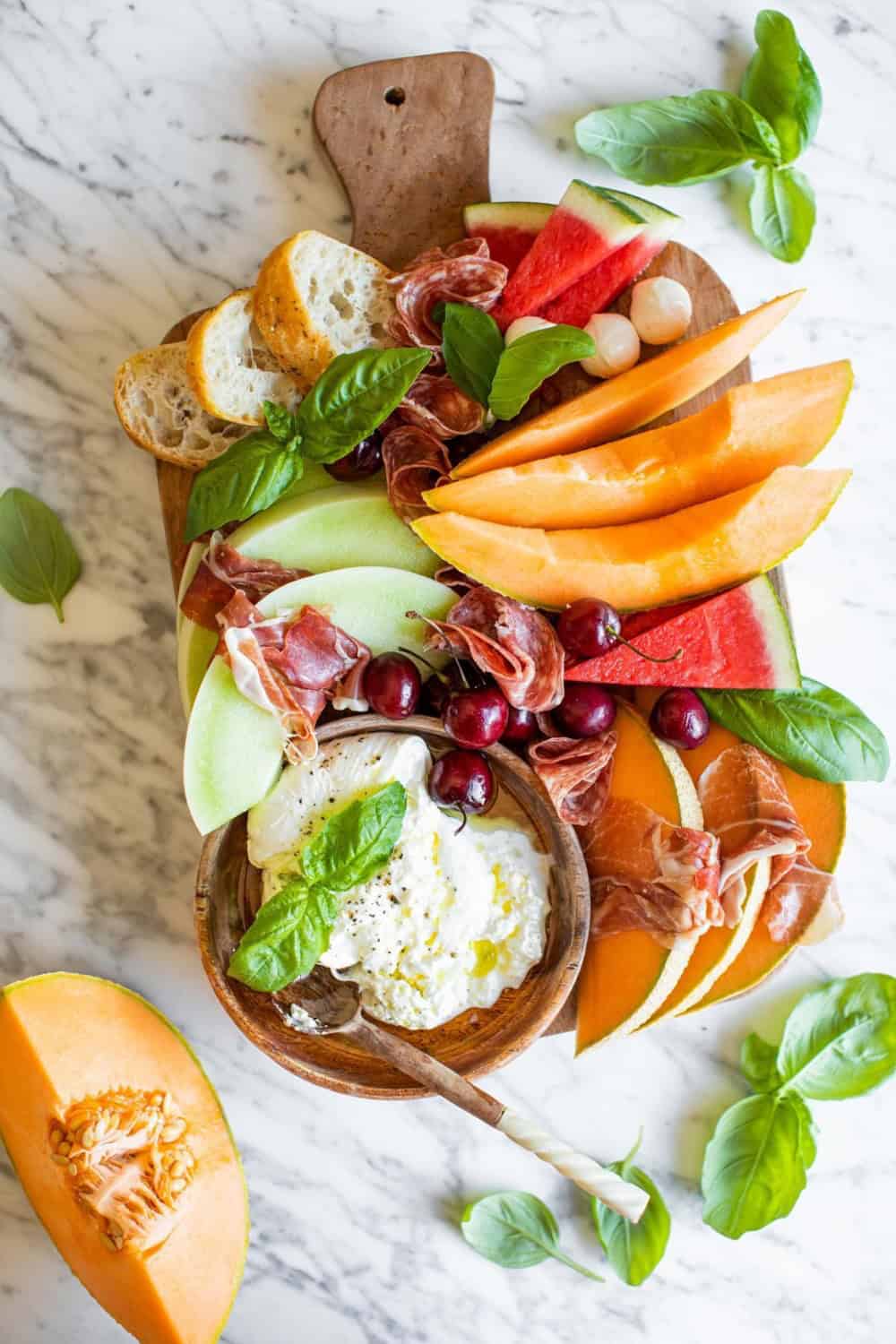
What grows together goes together
If you’re a fan of California Wines, you might be familiar with the concept of terroir – that the entirety of the growing environment shapes the expression of the end product. By this reasoning, produce and products from the same region often share similar qualities and naturally complement each other. The most obvious example would be caprese – fresh mozzarella with tomatoes or melons, basil and balsamic. If you’re feeling a little more adventurous, try making a meze platter, starring braided marinated Armenian string cheese with olives and peppers.
Pair like with like
There’s beauty in simplicity, and creating a cheese board with similar flavors, textures, and styles ensures that all the offerings will pair together seamlessly. Think brie with berries or honey-drizzled labneh + mandarin orange slices.
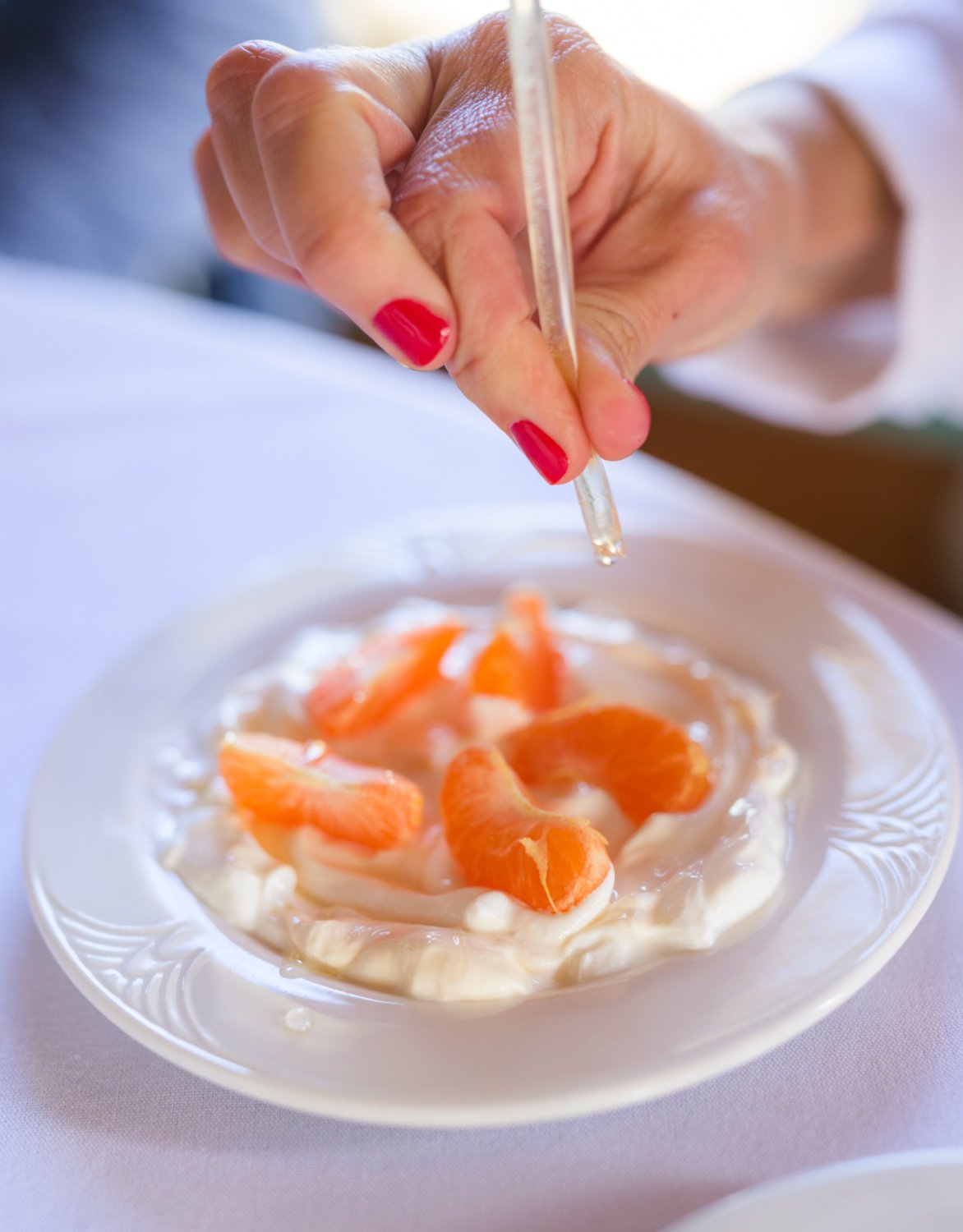
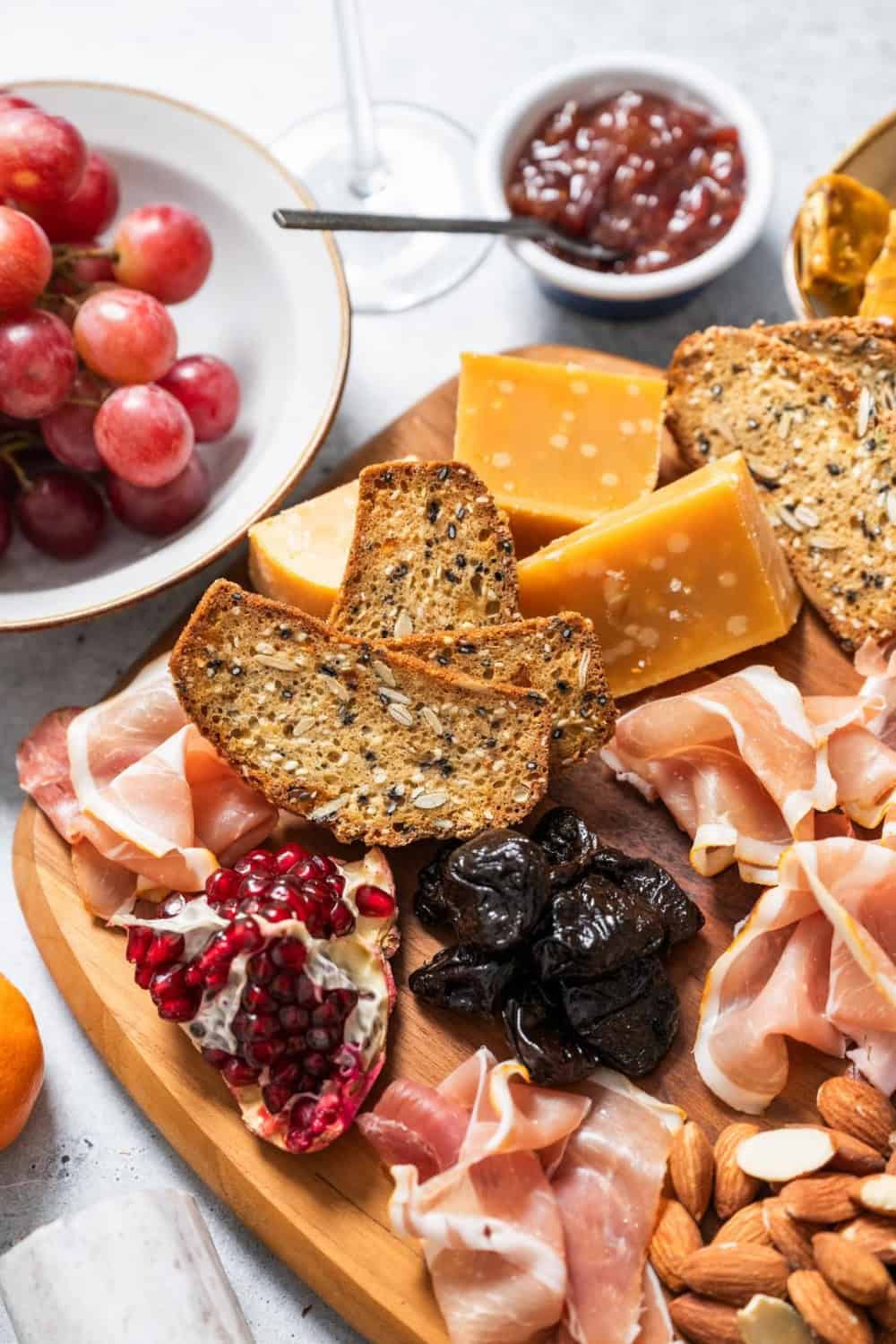
Opposites attract
Our minds only register five flavors: sweet, salty, sour, bitter and umami. By pairing opposing flavors, you can send your taste buds soaring and create uniquely delicious bites. For example, nata has sweet undertones that sizzle when paired with salty, sour pickles. Salty smoked Sierra Nevada Cheddar is an unexpected – but perfect – partner for sweet California Prunes.
Want more cheese board inspo?
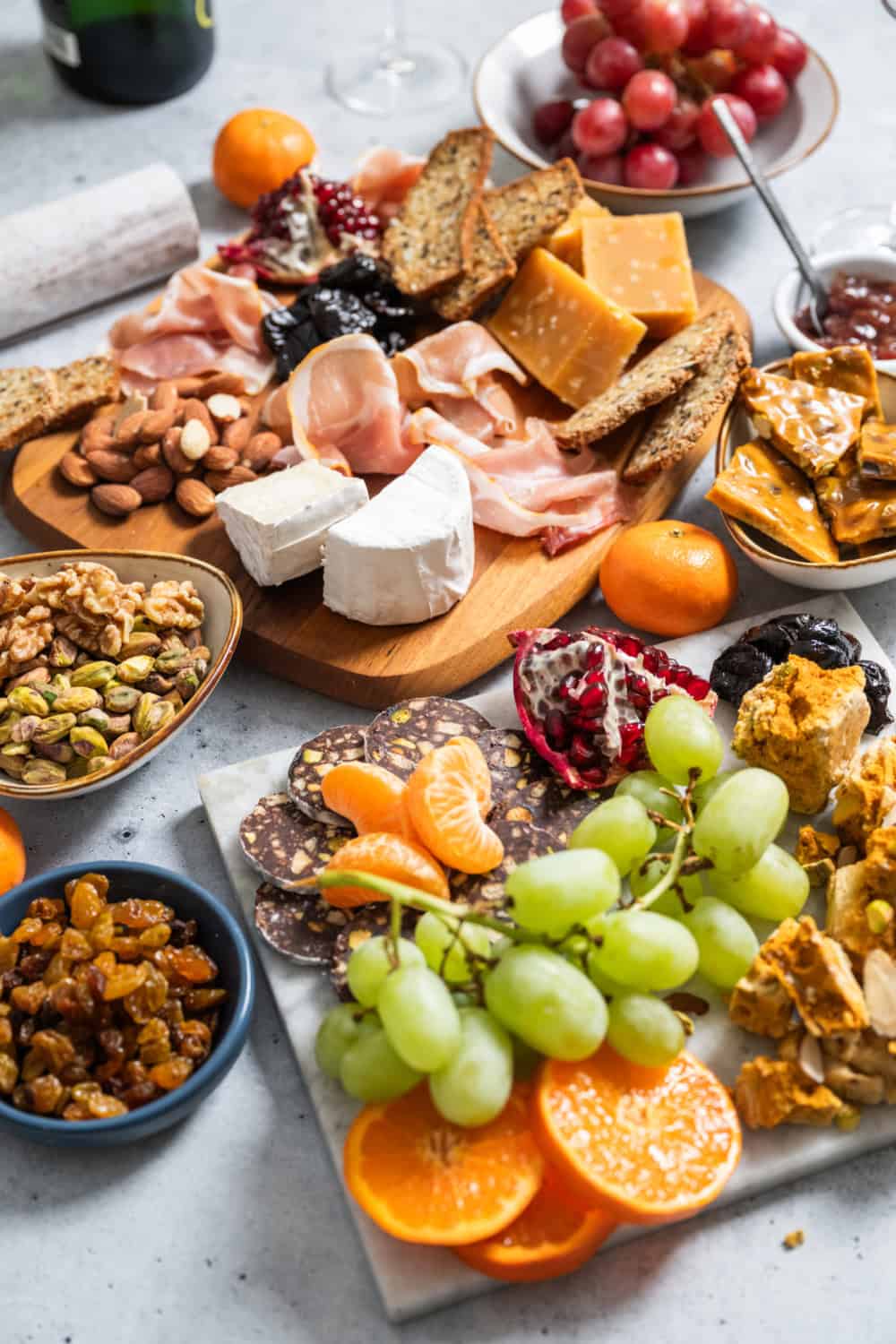
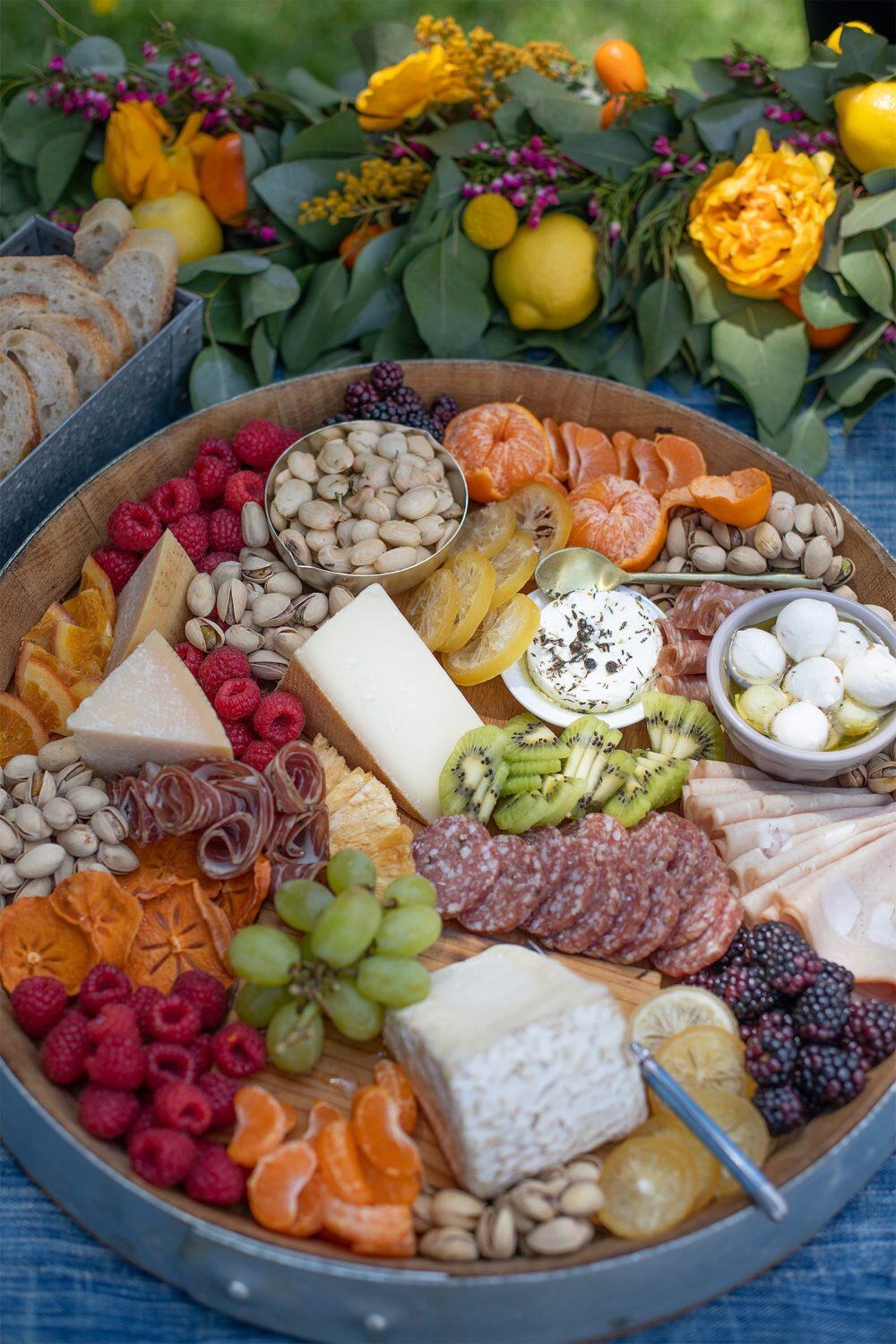
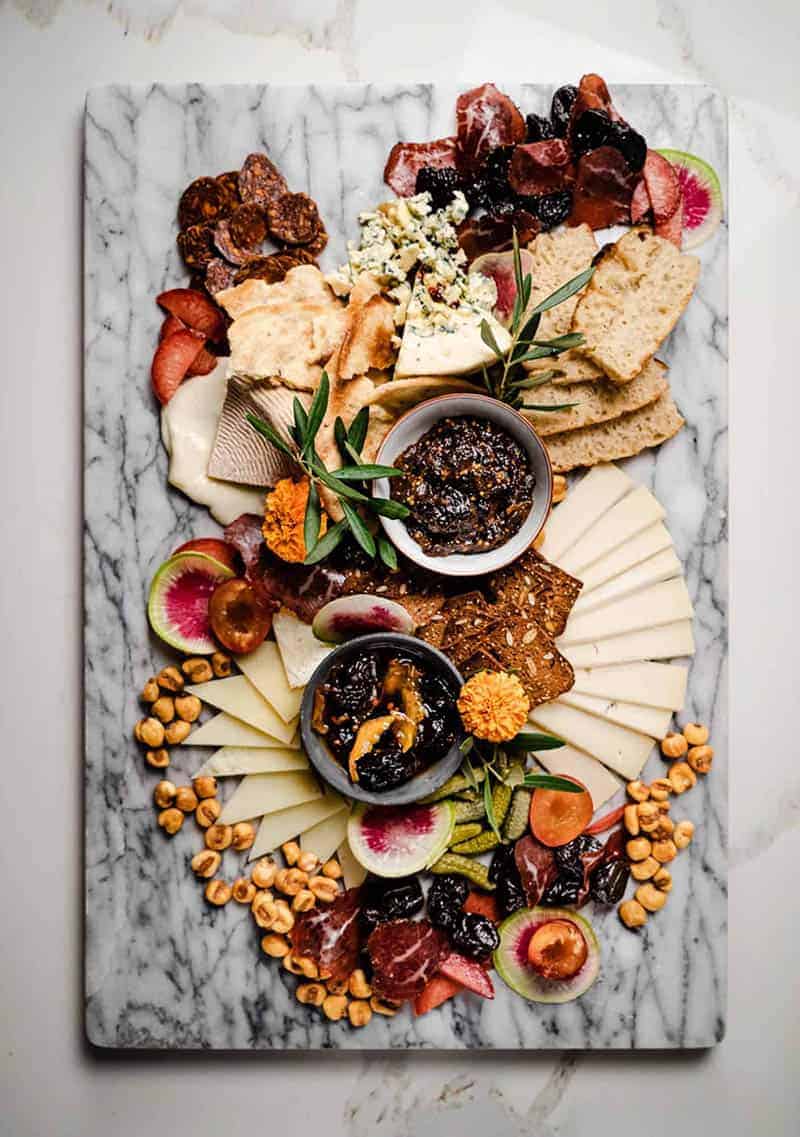
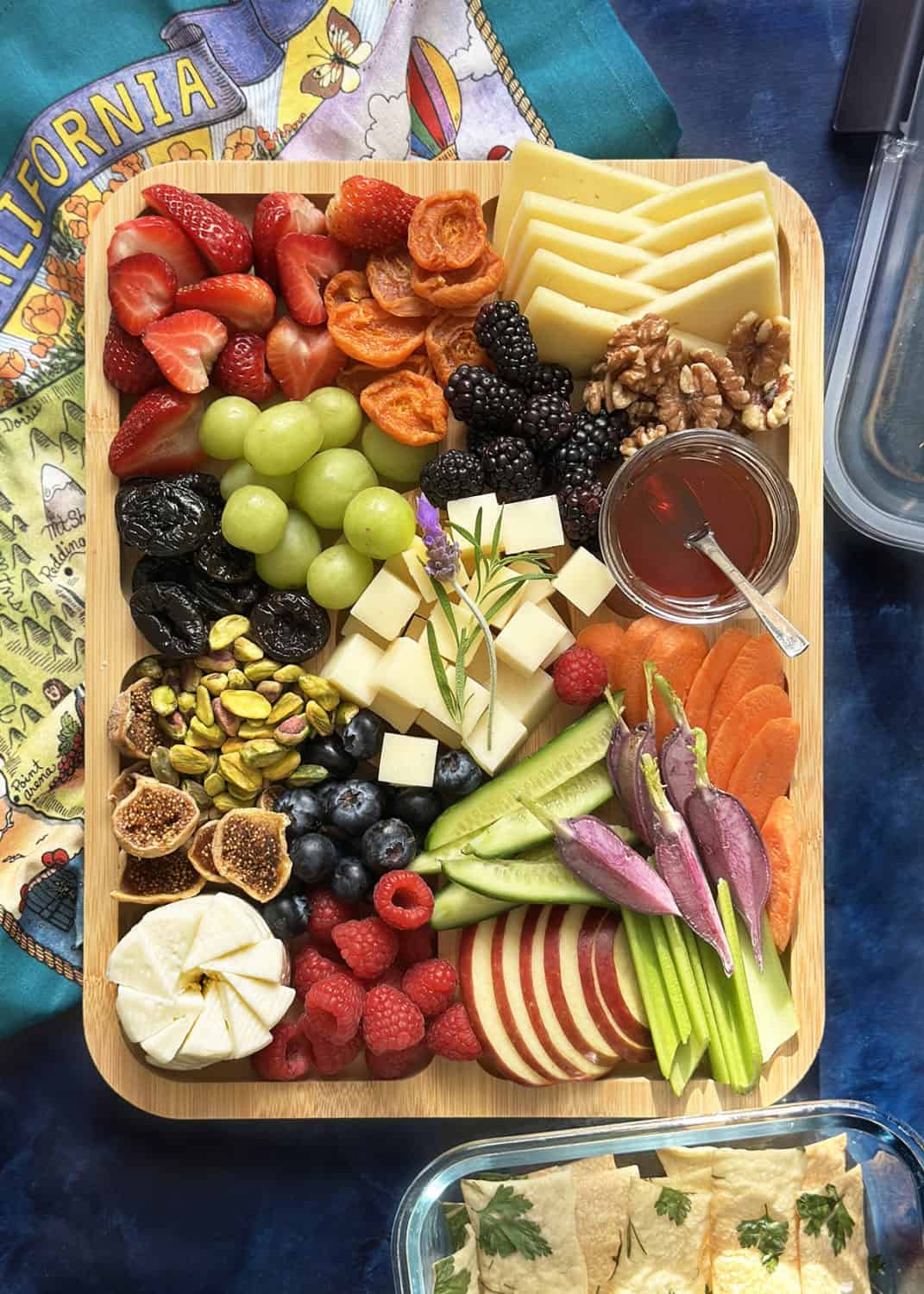

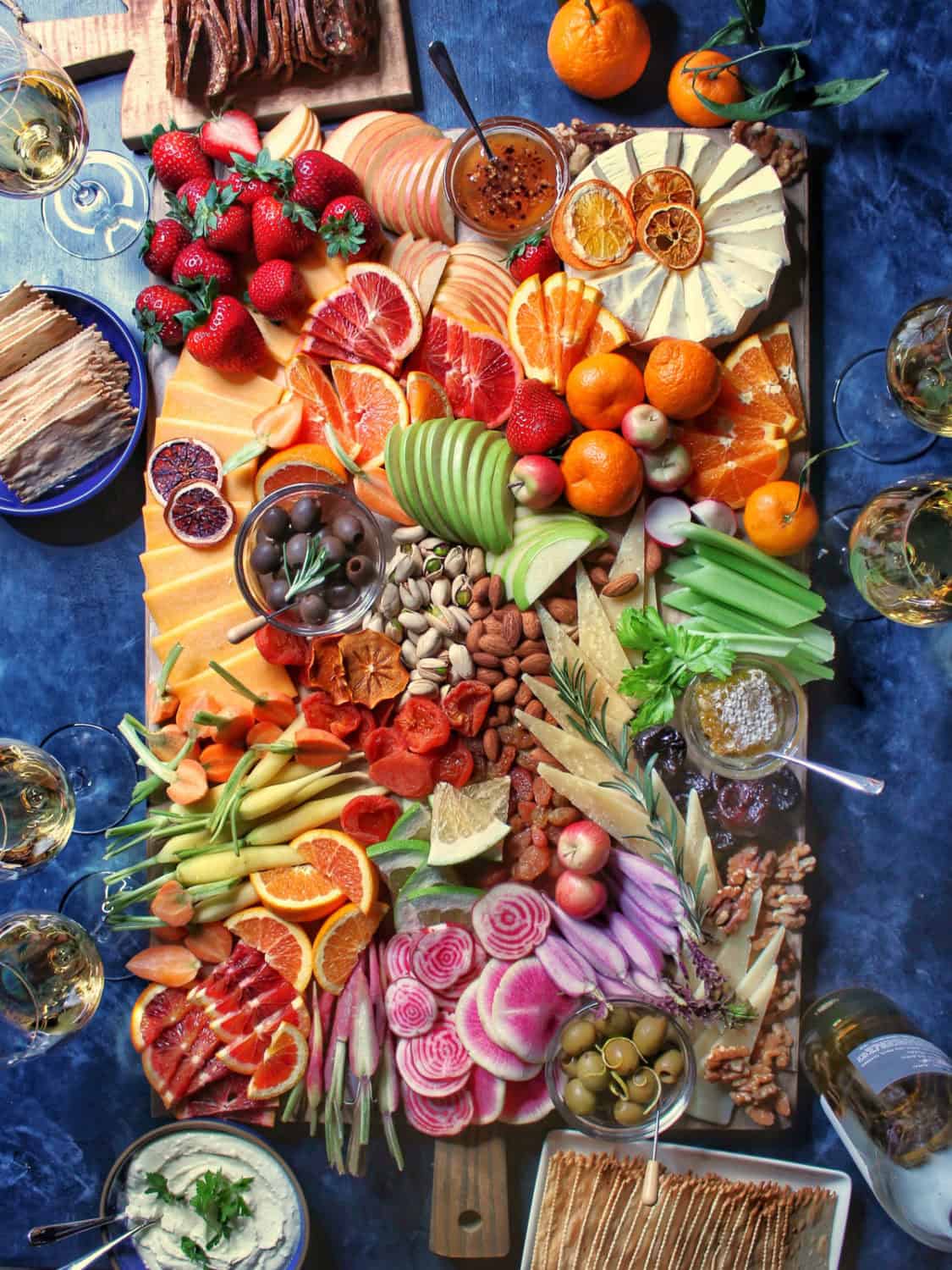
Dairy: Good for you…and good for the planet
String cheese and other milk products aren’t just good for you, they’re good for the planet! California dairy farmers have discovered innovative new ways to do more with less – and are sharing those developments with the rest of the world. After all, dairy people have a vested interest in sustainable practices, which is not surprising since 99% of California dairies are family-owned. Protecting the land and natural resources also helps protect the future of their operation and their families.
Over the last 50 years, California dairies have reduced their carbon footprint by over 45% and slashed water usage by an astonishing 88%. In fact, each drop of water is recycled and reused up to four times! On some dairies, composters harness methane and create clean energy, which is used to power the dairy, farm vehicles and sometimes even surrounding homes.
Fun fact: Did you know five cows produce enough methane to power a home for a year? Learn more about how cow farts + clean energy!
Article by Hilary Rance. Photography by Paprika Studios.
